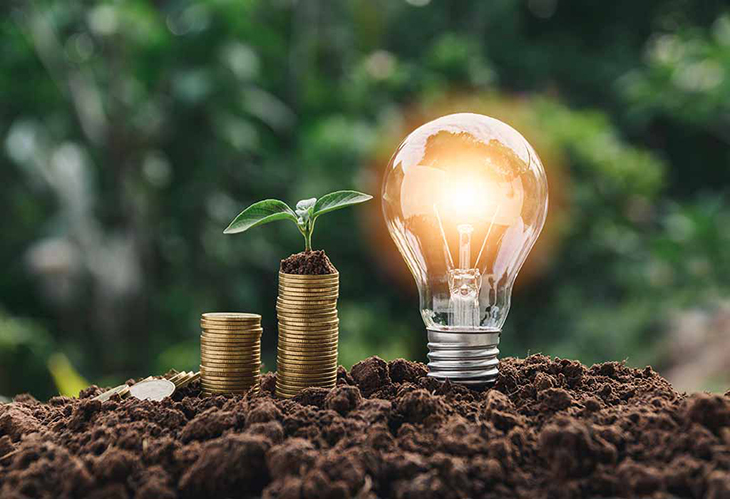
When it comes to harnessing the power of nature, the world has so much to offer. People have learned to use solar, wind, and heat to generate electricity. However, there are so many secrets and treasures that have yet to be tapped.
Scientists have recently discovered one more way to generate electricity – and that’s through air. The more discoveries are made, the better it will be for everyone, especially when the cost of fossil fuels are increasing year after year.
Just think about this scenario: you are able to draw moisture from the air through your fingertips and create an electrical current with it. This is the kind of thing that you just can’t make up. We see it in movies, but we’ve always wondered if it can actually become a reality.
Since researchers have been able to use a bacterial enzyme that has the ability to conduct hydrogen to create electricity just from thin air, this dream will soon come to fruition. In fact, the discovery made promises to open the doors to a new field of clean energy that would break every glass ceiling imaginable.
The recent work done by the team at Monash Biomedicine Discovery Institute at Monash University, Australia, was able to demonstrate how many kinds of bacteria use hydrogen from the atmosphere as an energy source, especially when they are found in nutrient-poor environments.
“We’ve known for some time that bacteria can use the trace hydrogen in the air as a source of energy to help them grow and survive, including in Antarctic soils, volcanic craters, and the deep ocean,” Monash University Professor Chris Greening said. “But we didn’t know how they did this, until now.”
The team wrote it all down and their discovery paper was published in Nature. In it, details about how the researchers extracted the enzyme that is behind the use of atmospheric hydrogen from a bacterium called Mycobacterium smegmatis. They were also able to show how this enzyme, which they called Huc, has the ability to convert hydrogen gas to an electrical current.
“Huc is extraordinarily efficient,” noted co-author of the paper Dr. Rhys Grinter. “Unlike all other known enzymes and chemical catalysts, it even consumes hydrogen below atmospheric levels—as little as 0.00005% of the air we breathe.”
The laboratory work performed by Ph.D. student Ashleigh Kropp also demonstrated how it was possible to store purified Huc for long periods of time.
“It is astonishingly stable,” she explained. “It’s possible to freeze the enzyme or heat it to 80 degrees Celsius, and it retains its power to generate energy. This reflects that this enzyme helps bacteria to survive in the most extreme environments.”
The bacteria that produce enzymes such as Huc are found everywhere. In fact, these can be grown in huge quantities. It means good news for people because they could one day gain access to a sustainable source of the enzyme that’s readily available. Dr. Grinter also said that a key objective for their future studies is to scale up the production of Huc. “Once we produce Huc in sufficient quantities, the sky is quite literally the limit for using it to produce clean energy.”
“This is a really exciting discovery that could be a game changer in addressing climate change. It speaks to the strength of Monash research in developing smart solutions to the world’s most pressing problems. A big congratulations to [the team] what a fantastic achievement,” said Deputy Vice-Chancellor, Professor Rebekah Brown. She, however, was not part of the study.
What are your thoughts? Please comment below and share this news!
True Activist / Report a typo


